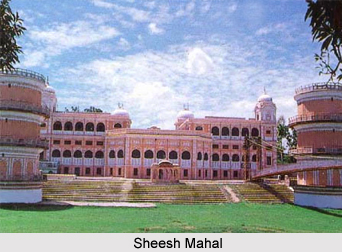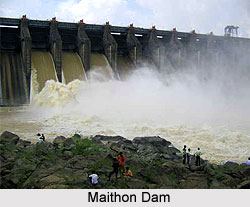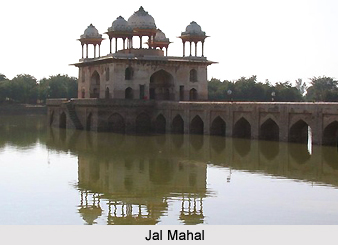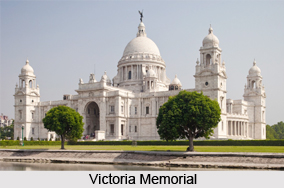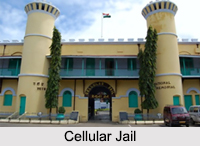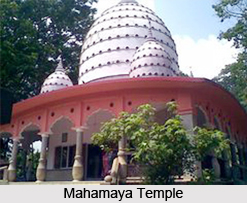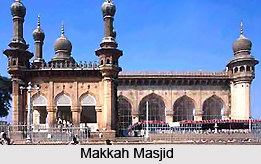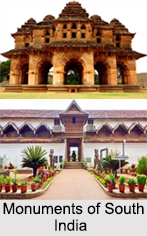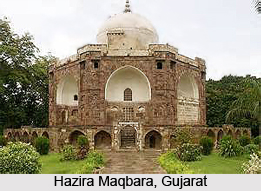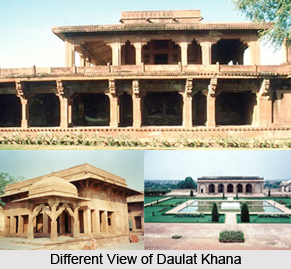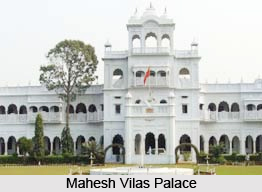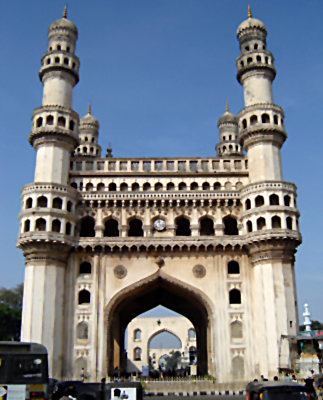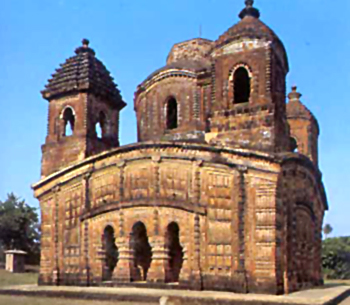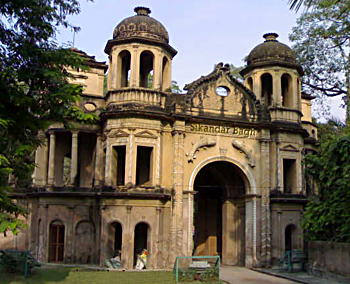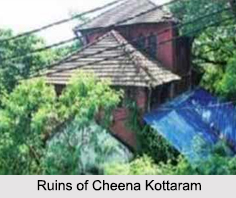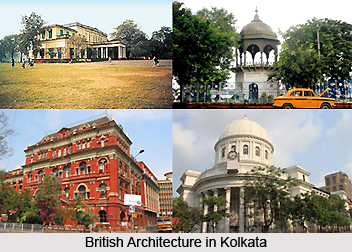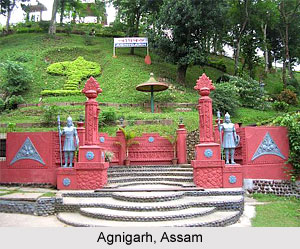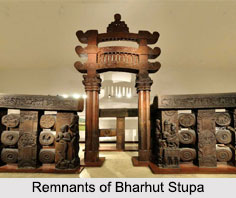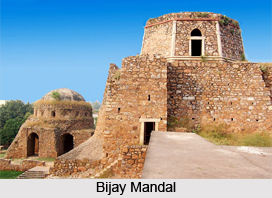 Bijay Mandal is a towering structure located in the midst of the Begumpur village in Delhi. It can be reached from the Sarvodaya Enclave side. This building has a layout plan of 74 m (242.8 ft) x 82 m (269.0 ft) dimensions. It also has a proportioned square dome. The huge structure has been originally built by Ala-ud-din Khilji. Later major additions had been done by Muhammad Bin Tughlaq. It has been built on a slightly raised platform with a higher platform on top of it. Built in the fourteenth century Bijay Mandal is a typical Toghlaqi structure.
Bijay Mandal is a towering structure located in the midst of the Begumpur village in Delhi. It can be reached from the Sarvodaya Enclave side. This building has a layout plan of 74 m (242.8 ft) x 82 m (269.0 ft) dimensions. It also has a proportioned square dome. The huge structure has been originally built by Ala-ud-din Khilji. Later major additions had been done by Muhammad Bin Tughlaq. It has been built on a slightly raised platform with a higher platform on top of it. Built in the fourteenth century Bijay Mandal is a typical Toghlaqi structure.
Architecture of Bijay Mandal
Bijay Mandal is an octagonal plan built in rubble masonry on a raised platform. This platform has several doors that possibly led into a hall. The massive structure is located in the in the middle of a large area surrounded by a wall. It is surrounded by a barbed wire to prevent it from being encroached by the rapidly rising residential buildings. The Bijay Mandal was possibly the hazar sutun or thousand pillared palace of Muhammad Bin Tughluq that was described by Ibn Battuta. It was from here that the emperor conducted the administration of the empire. It was also possibly used as an observation tower to monitor the activities of his troops. It is said that Tughluq conducted the administration of his vast empire from here. According to historical records the entire structure was built gradually over a period of nearly a century, with the dome shaped building being the last addition.
Bijay Mandal is located in a very calm and serene place apt for relaxing. One can get a clear view of the Delhi from the top of the building. Tourists can also enjoy the scenic beauty of the surrounding places. There is an inclined path around the monument that served as a walkway leading to the apartments of the Sultan. There are also two large openings in the living rooms of the floor that led to the vaults or the treasury. Small holes can be seen outside the building in front of the apartment rooms that are believed to have been used to fix wooden pillars for holding a temporary shamiana. People wanting to meet the emperor entered through semi public places to private chambers to the audience hall. Bijay Mandal now stands in the midst of ruined buildings. Excavations were carried out in the 20th century that led to precious objects such as pearls, porcelain, rubies, gold and old coins being found.
